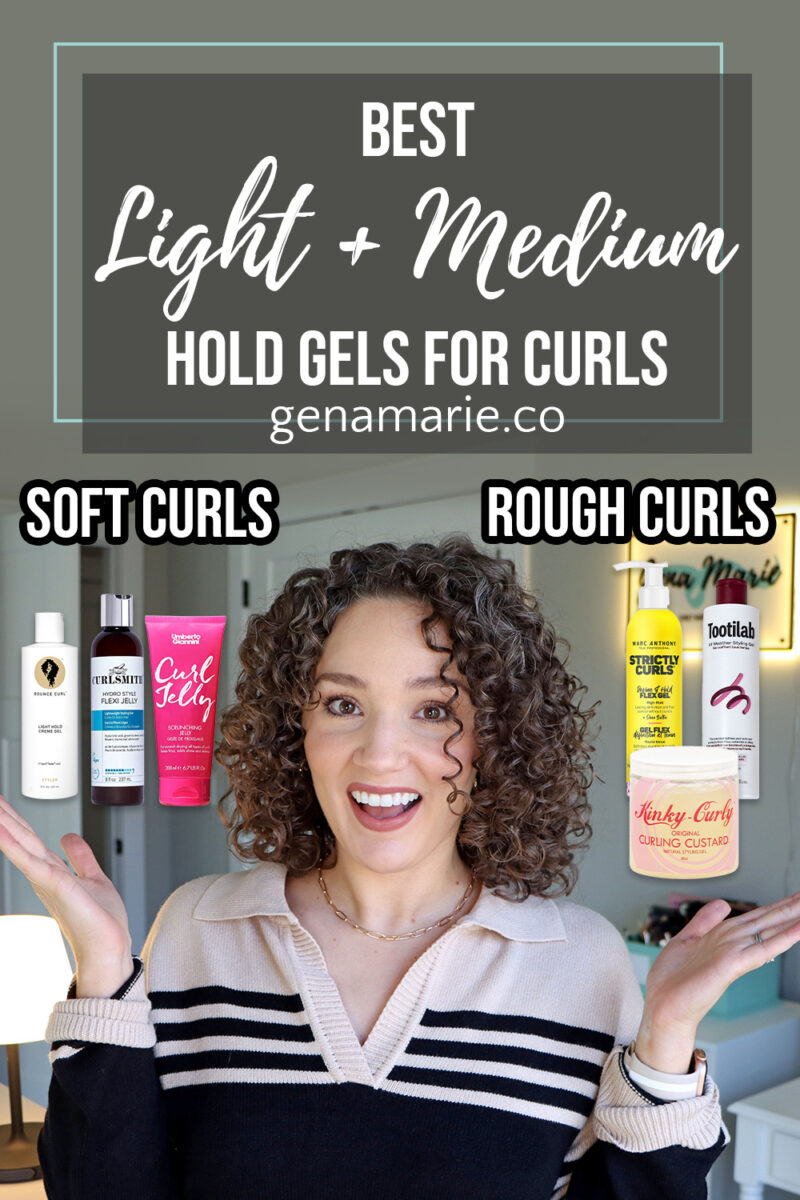
Best Light + Medium Hold Gels That Actually Work in Dry Climates (Fall & Winter)
Light and medium-hold gels are one of the biggest categories out there — and honestly, most of them don’t work. I’ve tested hundreds of gels.
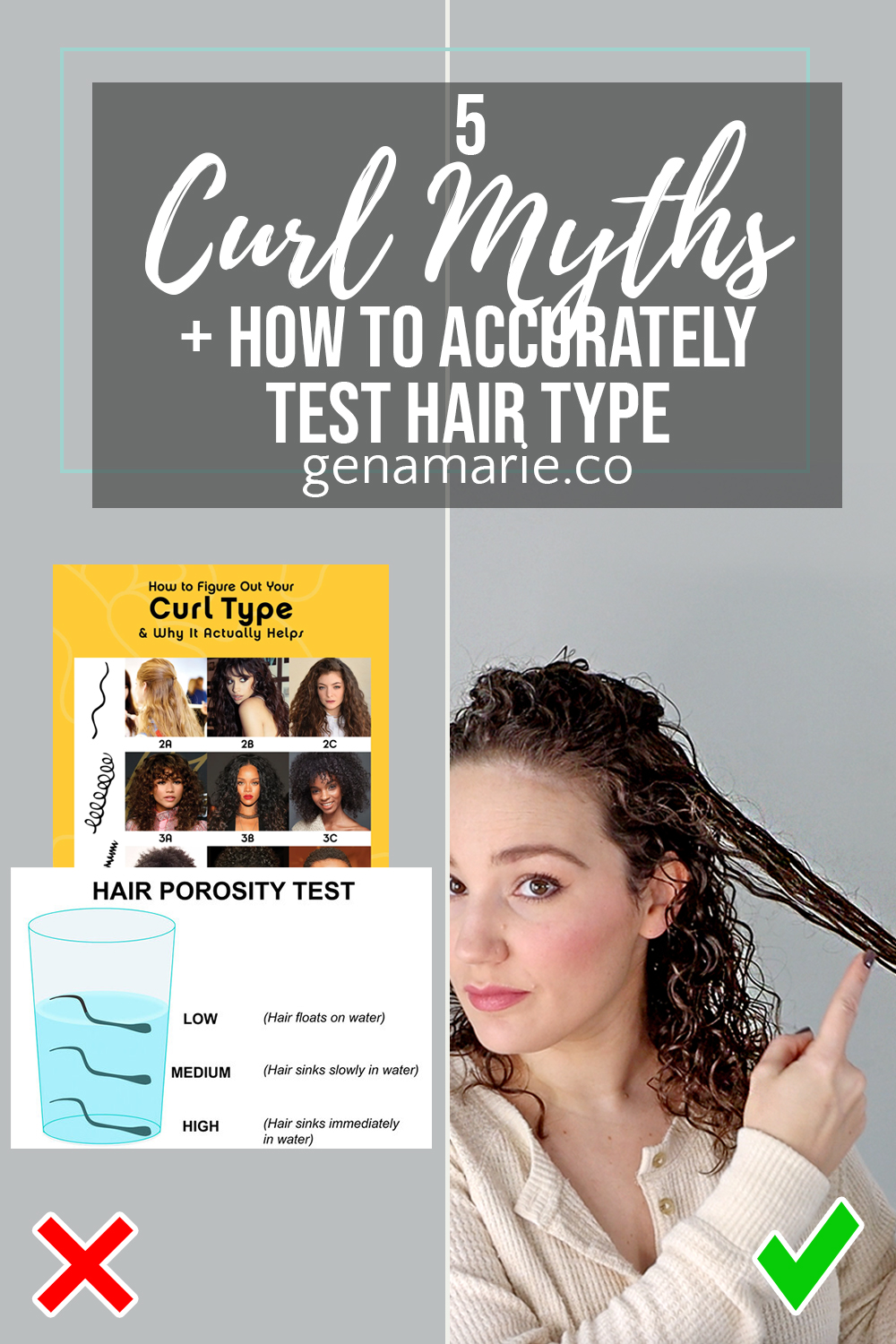
There are so many misconceptions about curly hair that just leave everyone confused. Not to mention, it’s often brands that perpetuate them and use them as marketing tools. I’m busting 5 of curl myths and sharing how you can better understand your hair type using my new tool.
I also recently tried some products from Marc Anthony and am going to share my review at the end of this post.
The popular “porosity float test” involves placing a strand of hair in water to see if it floats or sinks to determine if it’s low, medium, or high porosity. Porosity refers to how “porous” your cuticle is, which impacts how quickly your hair exchanges water with the environment.
This test is often even recommended by brands – they should understand the science behind why this is inaccurate!
The float test is inaccurate because:
@Labmuffinbeautyscience, a chemist, does a great job at explaining why this test is inaccurate in this video.
Assess how long your product-free, towel-dried hair takes to dry after washing. If it dries very quickly? It is higher porosity. Does it dry really slow? Lower porosity.
Assess your hair’s damage level. Damage from heat, bleach, hair dye, brushing, the sun, etc. can impact your porosity.

I ask a series of questions regarding hair damage to assess it. I provide a 5-point scale instead of just “high, medium, and low” because your hair is likely not all one porosity. After completing the quiz, you’ll receive a report sent your email with explanations and product suggestions.
Note, that there’s only so much we can do to assess our porosity. There’s no definitive way to know other than a hair analysis. Get a hair analysis done by Strandprint. Use code GENA10 for 10% off. Watch my previous video which was a livestream with the founder. We discuss porosity in detail.
Many people, often beginners, believe that you have to figure out your curl type in order to know what products to buy. So many brands even use this “curl type” to categorize and market products.
Curl pattern does play a role in some things such as the styling techniques you use, or the specific struggles you may face, but it is not a factor you need to consider when choosing products.
For example, some brands market very light hold products to people with wavy hair but what if you have fine textured wavy hair so your hair falls easily and doesn’t hold it shape? Then you need strong hold.
Another example, some brands market very moisturizing, heavy products to those with coily hair, but if their hair is also fine-textured it would get weighed down with heavy products.
Choose products based on porosity and hair texture, not just curl type.
Texture (individual strand width): determines how conditioning your products should be, the weight of those products, and the hold level.
Porosity (how your hair absorbs moisture): determines how much protein you should incorporate into your routine, how much moisture, how much hold, what kind of sealing ingredients you need.
There’s so many misconceptions around protein and moisture in the curly hair world. You have probably heard of the terms:
People get so hung up on whether if they have protein overload or moisture overload. They’re often told they need use more moisture if their hair is in protein overload and vice versa.
Hair needs both protein and moisture, but they don’t cancel each other out.
Too much protein when not needed can make hair brittle, and too much moisture when needed can cause limp, weighed down hair hair.
Both are a form of “buildup” that can be fixed by clarifying, not just added one or the other.
In fact, protein is inherently conditioning because it creates a film on the hair just like conditioning/moisturizing ingredients.
Both can be washed off with a clarifying shampoo. After clarifying away protein buildup, use a protein-free deep conditioner or regular conditioner to restore softness. After clarifying away a moisture buildup, you can use a protein or a bond repair treatment to restore structure to the hair.
In general, I would not worry too much about striking this perfect, impossible balance in your hair. You just don’t want to overdo it with either one, such as using an entire routine with protein back to back if you don’t have very damaged hair.
Instead of “protein vs. moisture,” think of it as “strength/structure vs. softness.” Look at hair symptoms:
Frizz is often blamed on dryness, leading people to overload hair with hydrating products. Brands have packed every single curly hair product with loads of conditioning products and told us we need a moisturizing shampoo, a conditioner, leave-in, curl cream, and maybe a moisturizing gel. Do you know how many conditioning ingredients that is all on your hair shaft at once?!
Frizz can also be caused by:
There are endless causes of frizz. Yes, dryness can be one cause of frizz but more moisture is not always the answer and can even be making your frizz worse because it’s reducing your hold.
Identify your frizz type—if your curls are brittle feeling and frizzy with dryness, add moisture. If they’re soft and frizzy, you may need more hold.
I just did a full video on dryness vs. lack of hold that you can watch here to see how to identify both and how to fix it when refreshing. This is something I help my curl coaching clients with all the time. We work together to build a more balanced routine that lasts.
Have you heard of the “scalp training” concept online? Everyone says to go as long as you can without washing your hair and eventually your hair will adjust and produce less oily.
There’s always this notion that we need to try and go as long as possible without washing curly hair, and it’s often not attainable.
Your scalp’s oil production is controlled by internal factors like hormones and genetics, not how often you wash.
Skipping washes can actually cause more buildup, making hair feel greasier over time.
Using very gentle, moisturizing shampoos and co-washes will only make this worse.
We need to stop fearing shampoo. I’m not saying to go use a really strong sulfate shampoo every time you wash. However, there are so many great sulfate-free shampoos that actually cleanse without stripping your hair. As I mentioned previously, brands are including many conditioning ingredients in our curly shampoos, even too much at times.
A clean scalp should always take priority. If you naturally are very oily or you do intense workouts where you’re very sweaty, you’ll need to wash more frequently. In these cases, you’ll want to focus on protecting your hair strands from damage while washing. Use a little oil on your dry hair prior to washing, or apply a conditioner to detangle before you shampoo to protect your hair.

For this routine, I used the curl cream and the new gel, choosing this combination because my climate is currently dry, and I needed extra moisture. The curl cream is quite thick and contains silicones, wax, and shea butter, making it likely too heavy for those with fine to medium hair. I applied it sparingly, then followed with the gel in sections.
The gel has a thin, slippery consistency, which I love. It features common holding ingredients like VP/VA Copolymer, providing a medium hold. With shea butter, castor oil, and flaxseed oil in the formula, it’s a great option for dry climates since these ingredients help lock in moisture. While the gel itself is lightweight in texture, the added oils may feel a bit heavy for fine hair types. That said, if you’re struggling to find a drugstore gel that works in dry conditions, it’s worth trying.
I haven’t had the chance to fully test it in humid weather yet, but it held up decently when I was briefly out in the rain. My hair felt full and had great volume, though there was a slight textured/gritty feel—likely from the curl cream. Interestingly, when I used the gel alone, I didn’t notice that same texture.
By day 2, my curls still looked defined and clumped together nicely. My hair had great volume and softened up a bit more, with a normal-to-high amount of frizz—expected with light to medium hold gels. Despite the frizz, my curls still looked great, which is what matters most.
I offer both group coaching and private coaching where I assist clients with diagnosing their exact hair issues and reducing the need to refresh. This saves them both time and frustration in their routine. If you’ve tried everything and you’re still not getting the longevity out of your routine, I would love to discuss how we can improve your routine. Join the waitlist for my private coaching here, or my next round of group coaching here.


Light and medium-hold gels are one of the biggest categories out there — and honestly, most of them don’t work. I’ve tested hundreds of gels.
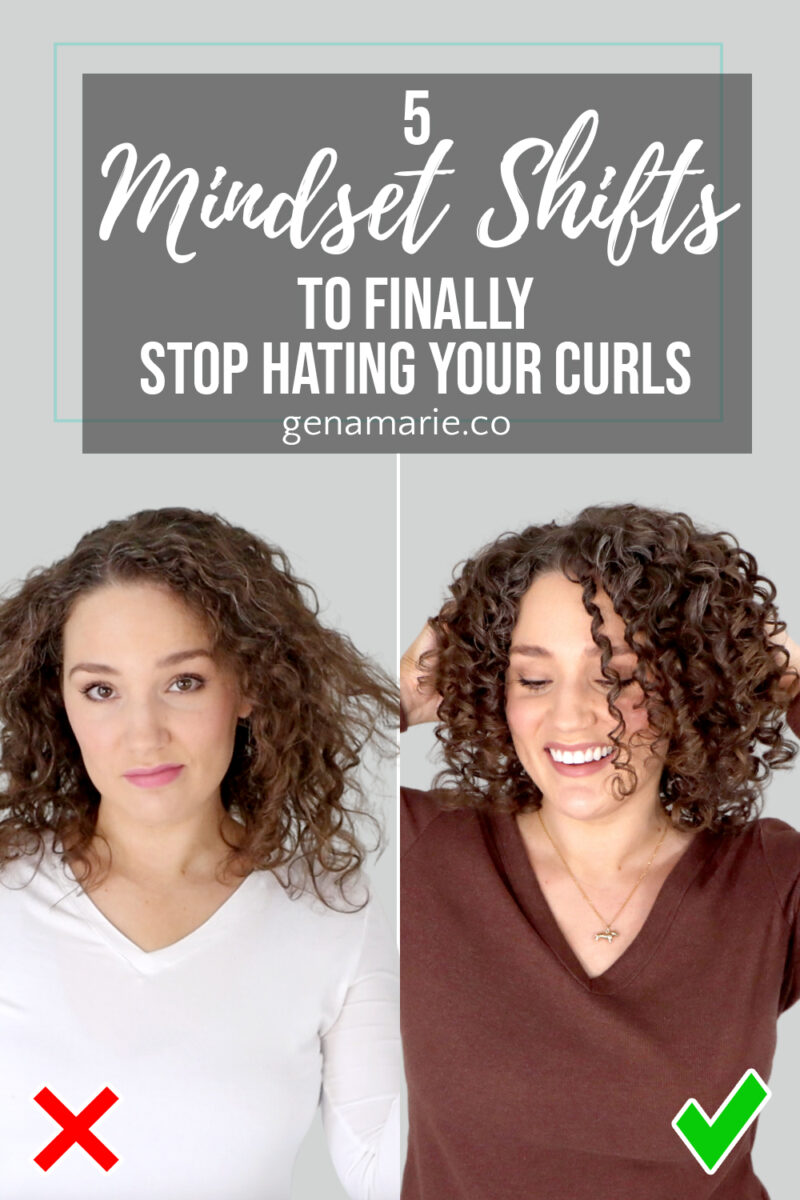
If you’ve ever felt frustrated with your hair or caught yourself thinking, “I just have bad hair,” “Nothing ever works for me,” or “My curls
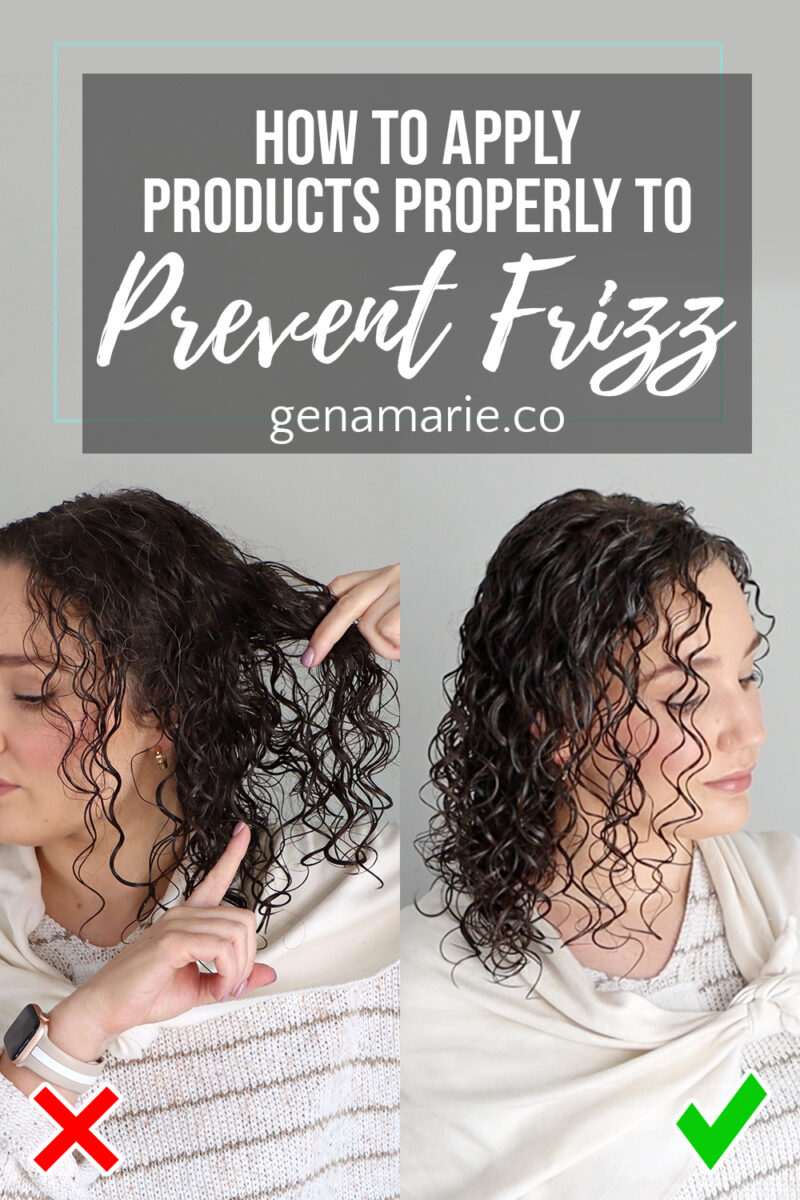
If you’re still getting frizz even though you’ve tried so many products, the issue may not be the products at all — it might be
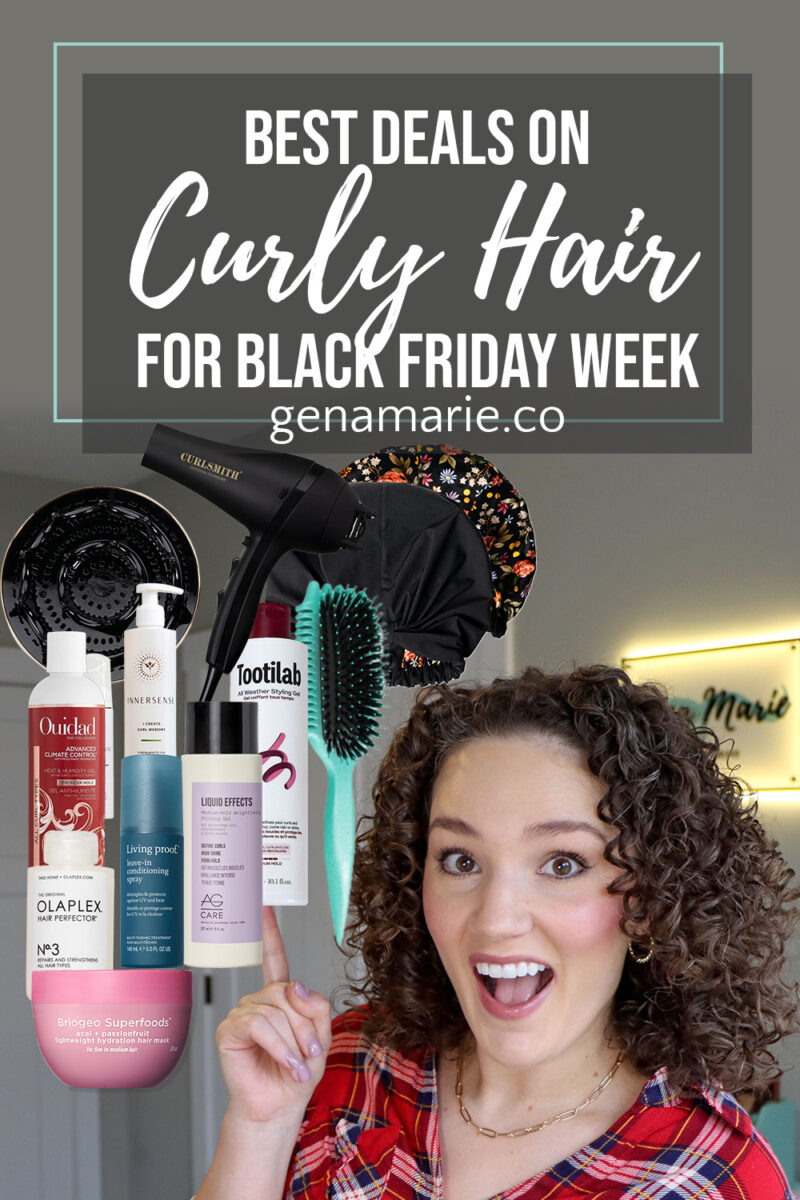
I’ve rounded up some of my top curly hair and beauty favorites that are on sale for Black Friday and Cyber Monday. I’ve included quick
Notifications